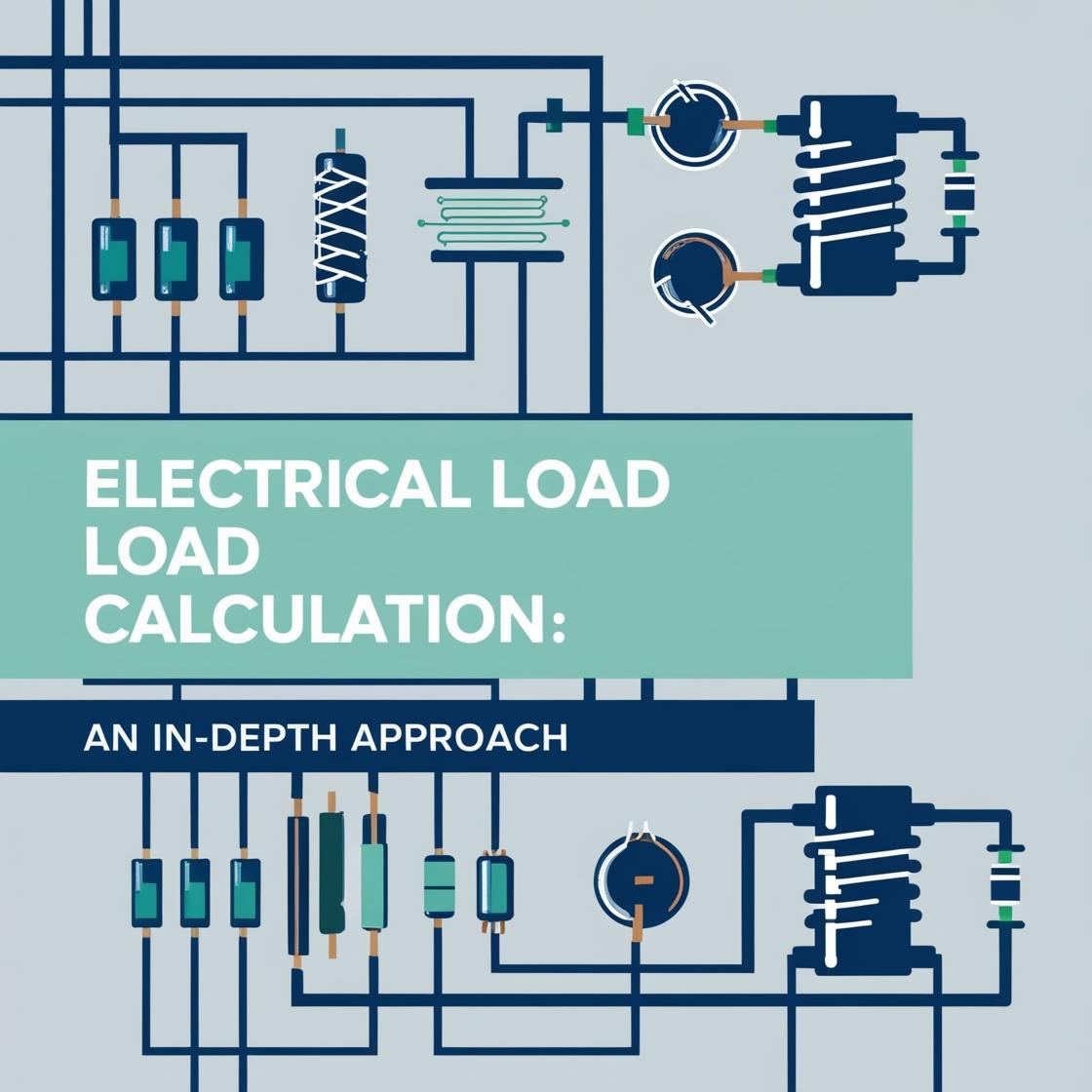
As a certified electrical engineer with over a decade of experience, I’ve seen how proper electrical load calculations can make the difference between a safe, efficient home and potential electrical hazards. Let me break down this crucial yet often overlooked aspect of home electrical systems.
Think of electrical load calculation as creating a power budget for your home. Just as you wouldn’t overload your car with weight beyond its capacity, your home’s electrical system has specific limits that must be respected. This calculation involves more than just adding up the wattage of your appliances.
Professional Tips and Best Practices
1. Safety Margins
Always include a 20% safety margin for future expansion:
- Calculated Load: 17.75kW
- Safety Margin: 3.55kW
- Final Design Load: 21.3kW
2. Common Mistakes to Avoid
- Overlooking small appliances
- Ignoring seasonal variations
- Underestimating future needs
- Not considering power factor
- Forgetting about startup surges
3. Special Considerations
Electric Vehicle Charging
If planning for EV charging, add:
- Level 1 Charging: 1.9kW
- Level 2 Charging: 7.2-19.2kW
Home Office Equipment
Modern home offices require special attention:
- Multiple computers: 400-800W
- Printers: 300-500W
- Network equipment: 100-200W
The first step is identifying all electrical devices in your home. Major appliances like HVAC systems, water heaters, and kitchen appliances form your baseline load. But don’t forget about smaller devices—they add up quickly. A modern home typically has dozens of devices drawing power simultaneously.
One common misconception is that you simply need to add up all maximum power ratings. In reality, we use “demand factors” because not everything runs at full power simultaneously. For instance, your air conditioner might use 80% of its rated power, while lighting typically uses a 70% demand factor.
Here’s a practical tip: Create zones in your home and calculate loads separately. For example:
- Kitchen: Heavy-duty appliances (stove, refrigerator, microwave)
- Laundry: Washer, dryer, iron
- Living spaces: Entertainment systems, lighting
- Home office: Computers, printers, chargers
Understanding your electrical load helps prevent circuit overloads, reduces fire risks, and ensures your electrical system operates efficiently. It’s particularly crucial when planning home renovations or adding new appliances.
Remember, when in doubt, consult a licensed electrician. The small investment in professional advice could save you from costly electrical problems down the road.







